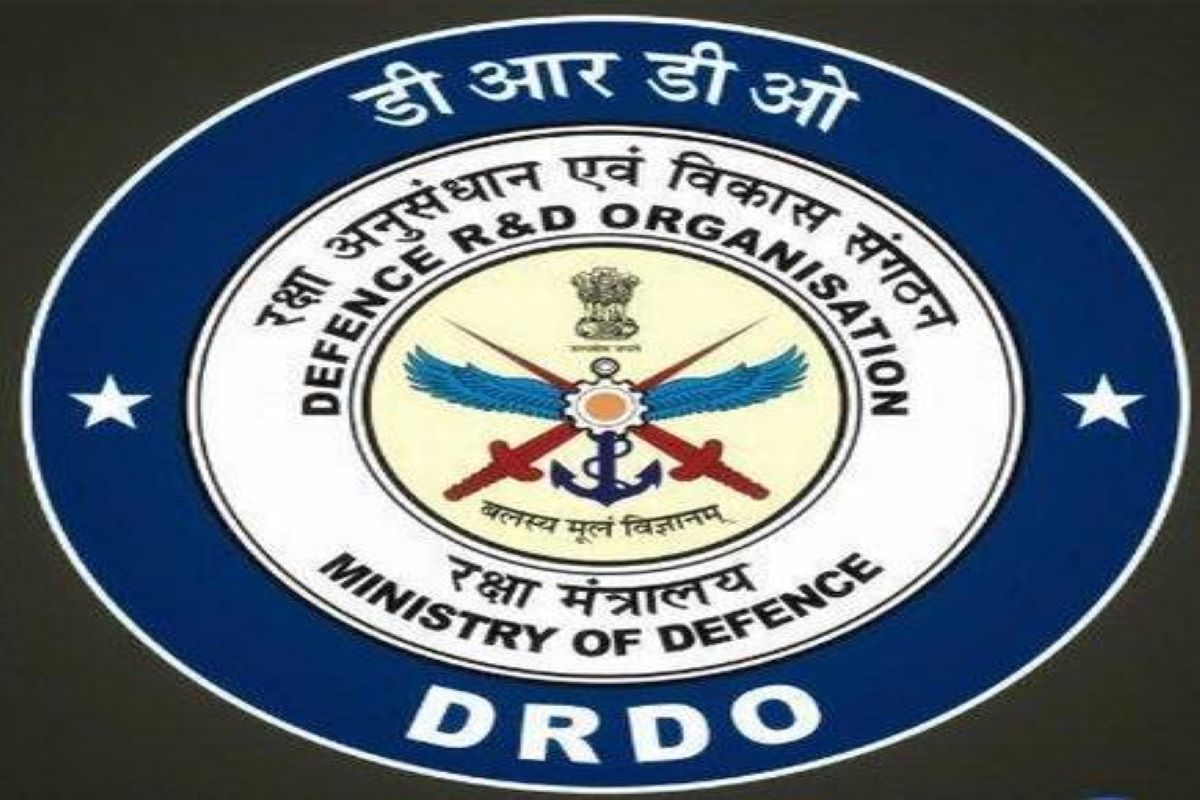DRDO takes another major step towards self-reliance in aeronautical technologies
The HAL, Lucknow has already made preparations for the production of these units for the current 83 LCA Tejas Mk1A order.
DRDO chief G Satheesh Reddy today handed over the technology for indigenous Extreme Cold Weather Clothing System (ECWCS) to five Indian companies.

Photo: (representational image)
Indian Army personnel will no longer have to import extreme cold clothing while serving in glacier and Himalayan peaks.
DRDO chief G Satheesh Reddy today handed over the technology for indigenous Extreme Cold Weather Clothing System (ECWCS) to five Indian companies.
The Indian Army had hitherto been importing extreme cold weather clothing and several Special Clothing and Mountaineering Equipment (SCME) items for the troops deployed in high altitude regions.
Advertisement
The DRDO designed ECWCS is an ergonomically designed modular technical clothing with improved thermal insulation and physiological comfort based on the insulation required at various ambient climatic conditions in Himalayan regions during different levels of physical activity.
The ECWCS embodies physiological concepts related to a reduction in respiratory heat and water loss, unhindered range of motions and rapid absorption of sweat while providing waterproof, windproof features with adequate breathability and enhanced insulation as well as strength features required for high altitude operations. The three-layered ECWCS is designed to suitably provide thermal insulation over a temperature range of +15 to -50° Celsius with different combinations of layers and intensity of physical work.
Considering the widely fluctuating weather conditions in the Himalayan peaks, the clothing provides an advantage of fewer combinations to meet the required insulation or IREQ for the prevailing climatic conditions, thereby providing a viable import alternative for the Indian Army.
Speaking on the occasion, Satheesh Reddy emphasised the need for developing an indigenous industrial base for SCME items, not only to cater to the existing requirements of the Army but also to tap its potential for export.
Advertisement